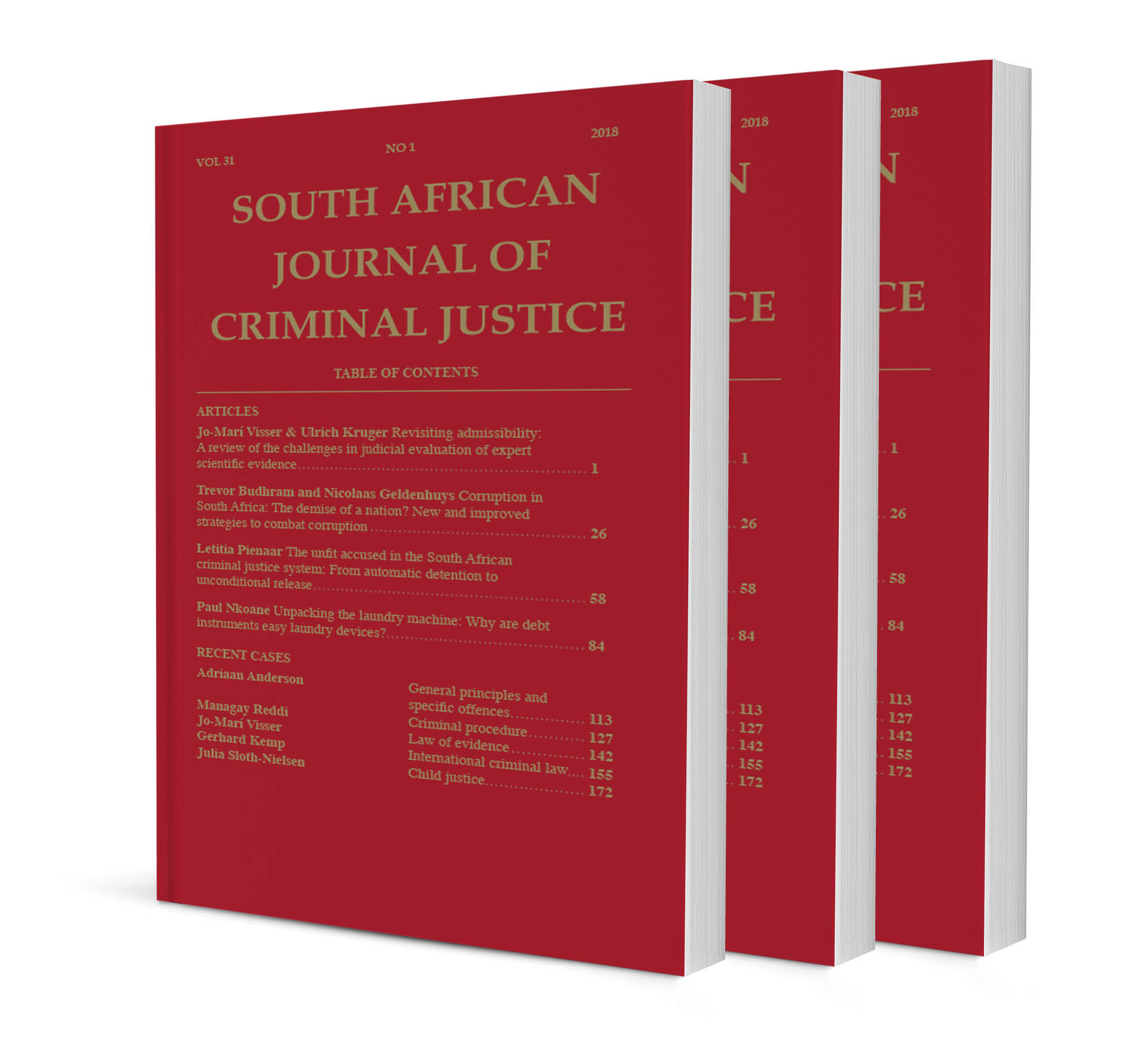
Bed space management as a strategy for managing overcrowding in the corrections environment in South Africa
Authors: VC Mlomo-Ndlovu and WFM Luyt
ISSN: 1996-2118
Affiliations: MA (Unisa) PhD (Criminal Justice) (Unisa), Deputy Commissioner: Remand Operations Management, Department of Correctional Services; BA (Unisa) Hons BA (Unisa) MA (Penology) (Unisa) DLitt et Phil (Penology) (Unisa); Professor, Department of Corrections Management, School of Criminal Justice, College of Law, Unisa
Source: South African Journal of Criminal Justice, Volume 36 Issue 2, p. 169 – 202
https://doi.org/10.47348/SACJ/v36/i2a1
Abstract
Overcrowding in the criminal justice system, in general, and corrections, in particular, is a phenomenon that generates inhumane conditions. The burden is felt by the Department of Correctional Services. The objective of this article is to explore the process of bed space creation and maintenance. The focus areas are calculation of bed spaces, exploration of factors that influence the availability of bed spaces, and the determination of the long-term effects of lack of bed space on inmates. The article encapsulates the minimum standards for inmate living spaces as determined by the European Committee for the Prevention of Torture and the United States of America. Furthermore, the article includes an analysis of specified regional occupancy and the challenges experienced in bed space management. A mixed method design was utilised and concurrent triangulation with a multistage purposeful random scheme was applied. Data was collected through questionnaires, interviews and analysis of historical records. A parallel mixed analysis was conducted with integration during the interpretation and discussion of findings. The main finding was that the fluctuation in bed spaces has a direct influence on occupancy and overcrowding levels.